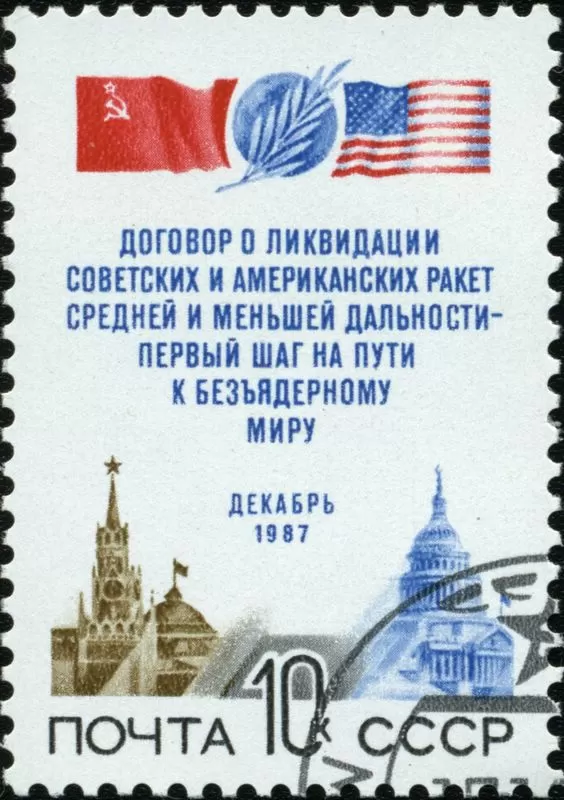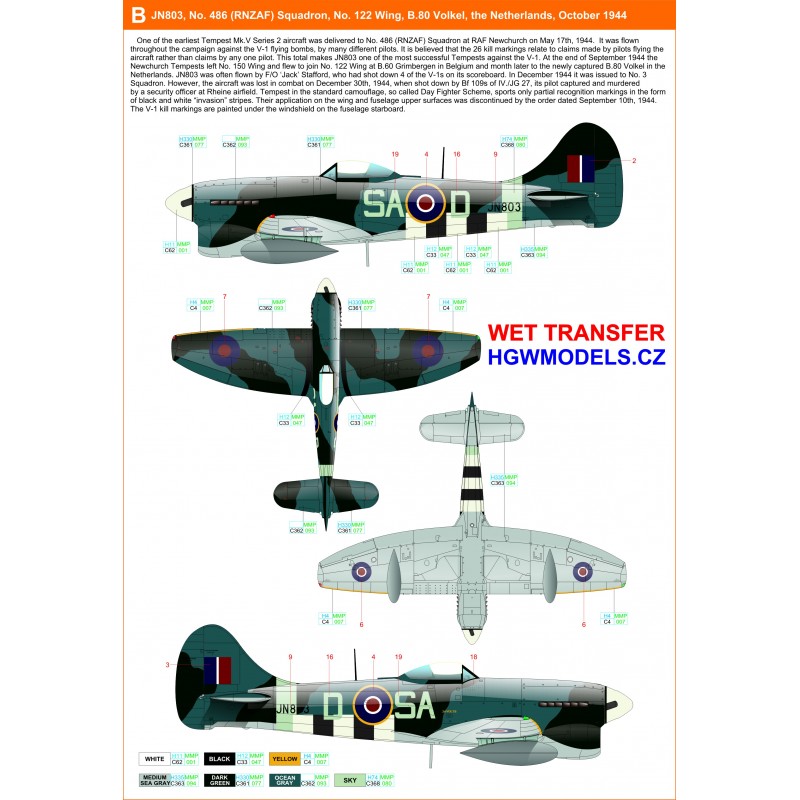
Virtual Signatories of the INF Treaty-2 Vol. one

Serial Iranian Soumar maneuvering missiles at a production facility.
There seems to be no hope at present of initiating negotiations on a new treaty banning the use of land-based missiles with a range of 500÷5500 km. However, if such a treaty were to be concluded, many more countries would have to sign it than was ratified in 1988 by the "Agreement on the Total Elimination of Intermediate-Range Nuclear Forces", commonly known as the INF/INF treaty. At the time it was the United States and the Soviet Union. Such missiles are currently in the possession of: the People's Republic of China, the Democratic People's Republic of Korea, the Republic of India, the Islamic Republic of Pakistan, the Islamic Republic of Iran, Israel, the Republic of Korea, the Kingdom of Saudi Arabia… which would potentially be prohibited by such a treaty.
The policy of purchasing weapons for the Iranian armed forces is rather unusual. This country, an exporter of huge quantities of crude oil (in 2018, its seventh largest producer in the world), can theoretically afford to buy the most advanced weapons, as can other countries in the Persian Gulf, and in the recent past, for example, Libya and Venezuela. In addition, Iran needs a strong military because it has been in conflict with Saudi Arabia for decades, uses very aggressive rhetoric against Israel, and is itself the target of equally aggressive statements from the US.
Meanwhile, Iran purchases relatively few weapons from abroad. After ordering a large number of relatively simple weapons from Russia and China in the early 90s, apparently to compensate for the huge losses of equipment suffered in the war with Iraq, the Islamic Republic kept purchases to a minimum. An unexpected injection of quite modern aircraft technology was the flight of several dozen Iraqi aircraft to Iran during Desert Storm in 1991. In the future, equipment was mainly purchased for air defense units. These were: the Soviet S-200VE systems, the Russian Tori-M1 and, finally, the S-300PMU-2 and several radar stations. However, they were purchased less than necessary, for example, to protect the most important industrial centers and military installations. Investments have also been made in Chinese anti-ship missiles and several types of small missile boats.
Instead of imports, Iran focused on independence, i.e. on the development and production of their own weapons. The first steps in this direction were taken in the 70s by Shah Mohammad Reza Pahlavi, the most far-sighted ruler of modern Iran. The industrialization of the country, social progress and secularization, however, did not have social support, which was proved by the Islamic Revolution of 1979, after which most of the Shah's achievements were squandered. It also made it difficult to create a war industry. On the other hand, as a result of the revolution, in addition to the armed forces, a new internal commissioner for such work appeared - the Islamic Revolutionary Guard Corps, pasdarans. This formation developed as a kind of counterbalance to the politically unstable armed forces, but quickly established itself and grew to the size of parallel forces with its own air force, navy and missile forces.
For a country that had no tradition in the field of developing advanced weapons, and in addition, its scientific and industrial base is rather weak, the correct choice of priorities and the concentration of the best forces on them are of great importance, i.e. the best qualified personnel and resources in the form of a laboratory and production base.
In the design and manufacture of cruise missiles (also known as cruise missiles), two areas are critical - propulsion systems and steering devices. The glider can be based on classic aviation solutions, and the warhead can even be a large-caliber artillery shell or an air bomb. On the other hand, the absence of a modern engine causes a short range and low reliability of the missile, and the inaccessibility of precise steering equipment causes very low accuracy and the inability to use a complex flight path, which makes it difficult to detect and intercept the missile.
As for the steering apparatus, in the case of cruise missiles, it is possible to use solutions from other equipment. Iran focused on unmanned aerial vehicles many years ago, ranging from small tactical vehicles to long-range unmanned aerial vehicles. Initially, these were rather primitive structures, but they gradually and patiently improved them. For this, solutions copied from similar foreign machines were used. Iranian "merchants" bought civilian drones wherever they could, including in Israel. A real hunt was also ordered for the wreckage of this type of equipment found in the territory controlled by pro-Iranian formations in Syria, Lebanon, Iraq, Yemen ... Some of the vehicles went straight to Iran, because. primarily the United States, but probably also Israel, sent reconnaissance drones relatively frequently and deep over the territory of the Islamic Republic. Some crashed, others were shot down by air defense systems. One of the most spectacular "drops" was the hitherto secret American Lockheed Martin RQ-170 Sentinel, which almost unscathed fell into the hands of the Pasdarites in December 2011. In addition to completely copying unmanned aerial vehicles and using copied solutions in their own developments, the Iranians could certainly use a number of their components in the construction of cruise missiles. Probably the most important was the steering apparatus. Both remote control and inertial steering apparatus were possible using signals from satellite navigation receivers. Gyroscopic stabilization systems, autopilot equipment, etc. were also important.

Shells "Nase" (in camouflage) and targets "Nasser".
In the field of cruise missile engines, the situation is more complicated. While light rockets can use commercial propulsion systems, even piston engines, modern rockets require certain engine designs. Experience in designing rocket engines, which typically provide high thrust but are short lived and excellent for guiding a rocket into a normally low-yield ballistic trajectory, is of little help. A cruise missile, on the other hand, is similar to an airplane - it moves along a flat trajectory using the lift of the wing, and its speed must be maintained by the continuous operation of the engine. Such an engine should be small, light and economical. Turbojets are optimal for long-range missiles, while turbojet engines are better suited for high-speed, shorter-range missiles. The Iranian designers had no experience in this area, which means they had to look for help abroad.
It would be very useful for the Iranian cruise missile program to gain access to foreign structures for one purpose or another. Iranian intelligence is known to have been very active in Iraq since the end of Desert Storm and almost certainly captured the remnants of downed Tomahawk missiles. Apparently, several of these missiles "got lost" during the first attack and crashed into Iranian territory. A quarter of a century later, at least one of the Caliber-NK missiles fired from Russian ships in the Caspian Sea on October 7, 2015 against targets in Syria crashed and fell on Iranian territory.
